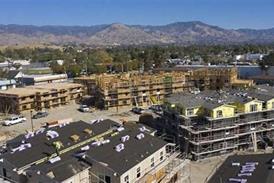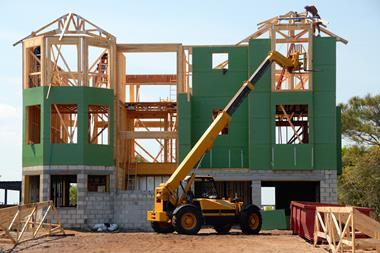One in every three leases tied to a carbon commitment will expire in less than 24 months, according to JLL’s The Green Tipping Point research.
Most of these carbon commitments include a significant interim emissions goal by 2030, just seven years from now. As average lease terms are seven to 10 years in major markets, many leases signed today will collide with that first important 2030 checkpoint.
Consequently, carbon commitments will be key to leasing decisions this year – so occupiers will need to move quickly to snap up the limited low-carbon stock available.

With the flight-to-quality trend already happening across many office markets worldwide, we know that tenants are increasingly unwilling to compromise on quality. Since most major corporate occupiers have made commitments to reduce emissions by 2050 or earlier, the flight to quality trend is rapidly expanding to include growing expectations around a building’s energy and emissions performance.
Corporate occupiers must now turn commitments to action and show proof of progress. Buildings typically fall under an organisation’s scope 1 and scope 2 emissions, so how a business operates and leases space has a direct impact on its commitments.
This is creating a surge in demand for low-carbon office space as corporate occupiers prioritise low-carbon buildings when they sign their next lease. These are buildings that are energy efficient, free from onsite fossil fuels and powered by clean energy.
As demand for low-carbon space continues at a rapid pace, low-carbon supply will struggle to keep up.
This confluence of factors is creating a tipping point for net zero carbon target penetration in lease markets in the next 12 to 24 months. In 21 cities globally, 30% of the projected demand for low-carbon space will not be met by 2025, leading to a potential gap exceeding 70% by 2030, given the current quality of existing stock and the development pipeline.
The level of expected supply-demand imbalance varies between cities. In Chicago, for example, demand is estimated to outstrip supply by over 90% due to a limited energy-efficient building stock, a constrained development pipeline, and inadequate clean energy supply on the grid. London, meanwhile, is one of the most calibrated markets in terms of progressiveness among both occupiers and landlords, with low carbon demand expected to exceed supply by 35%.
At the same time, regulatory mandates driving decarbonisation are increasing at all levels of government. For example, over 40 US cities have committed to passing a Building Performance Standard by 2026 or earlier. Likewise, the EU has agreed to develop minimum energy performance standards for its buildings.
As a result, building owners will have to respond and take action to avoid economic obsolescence. Focusing on building performance, including energy efficiency, no onsite fossil fuel use, and clean energy sources, will be crucial.
It’s therefore clear that 2024 will be the year that carbon commitments impact leasing decisions at scale, and with limited supply, decarbonising real estate presents opportunities for both occupiers and owners. Proactive owners who prioritize carbon reduction measures can unlock benefits for building users, communities, and cities, and increase the attractiveness and value of their asset.













![Barings acquires PBSA opportunity in Rome, Italy [May 2024]](https://d15duu1h3gsd2d.cloudfront.net/Pictures/380x253/3/6/8/152368_baringsacquirespbsaopportunityinromeitalymay2024_540337.jpg)

No comments yet